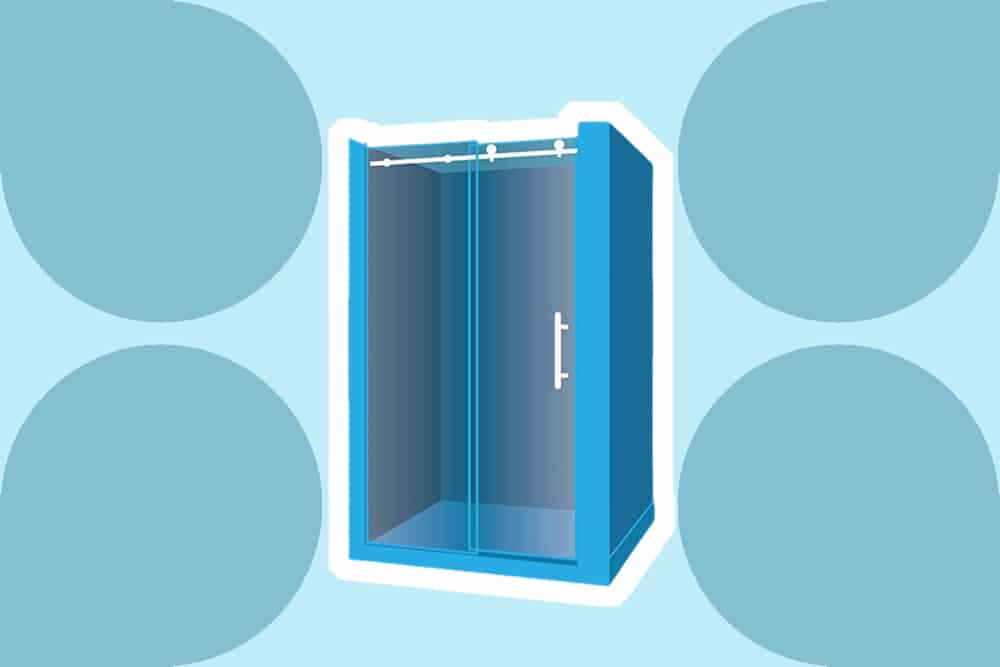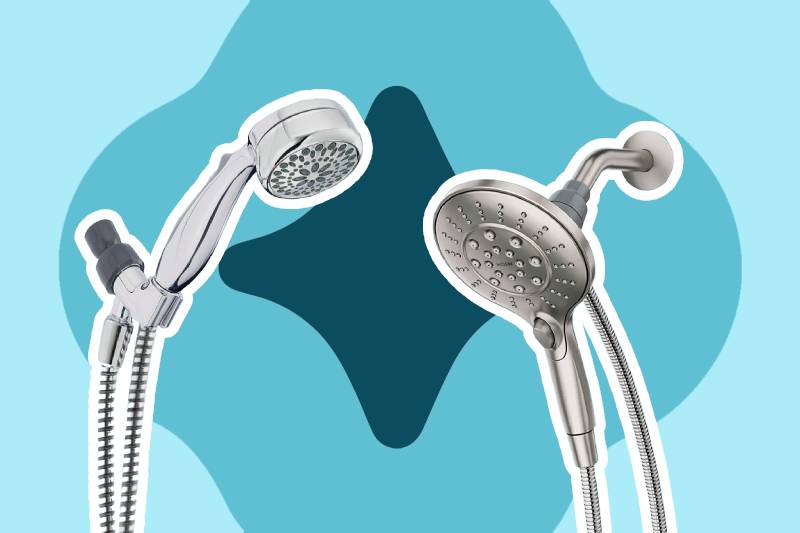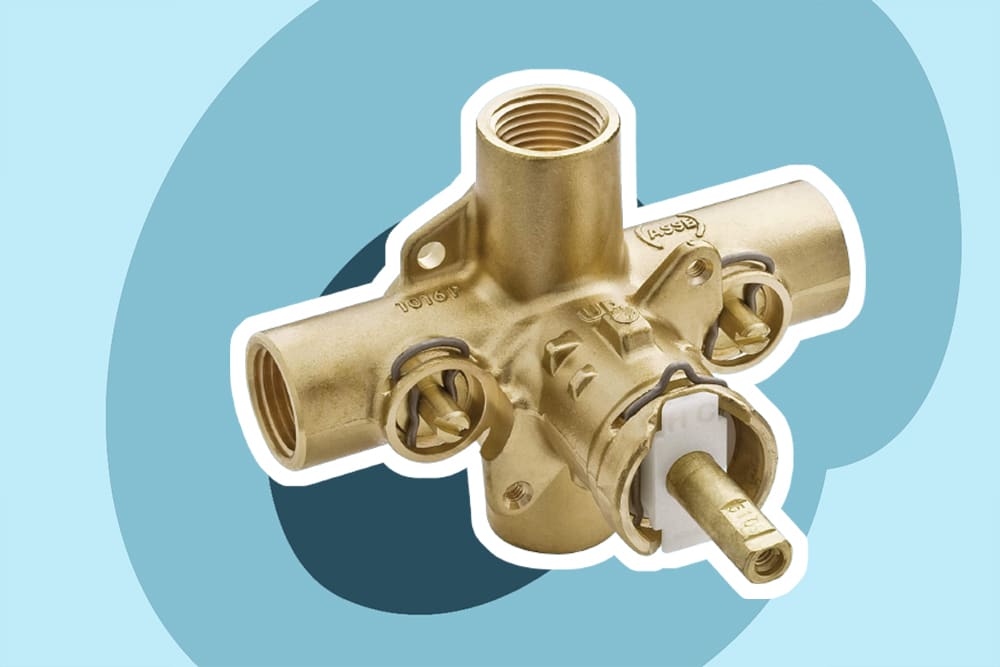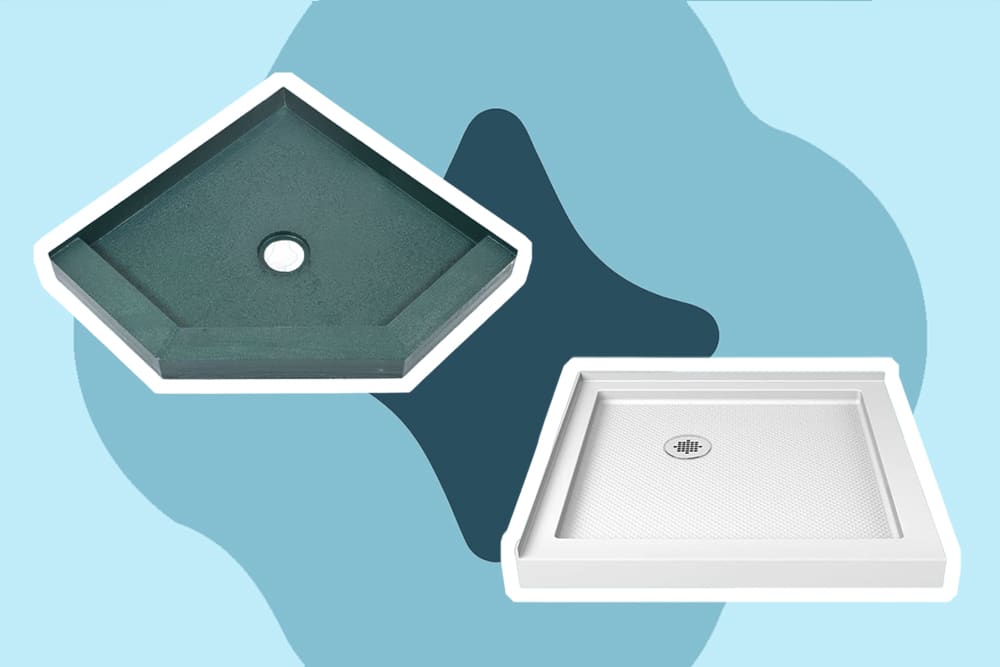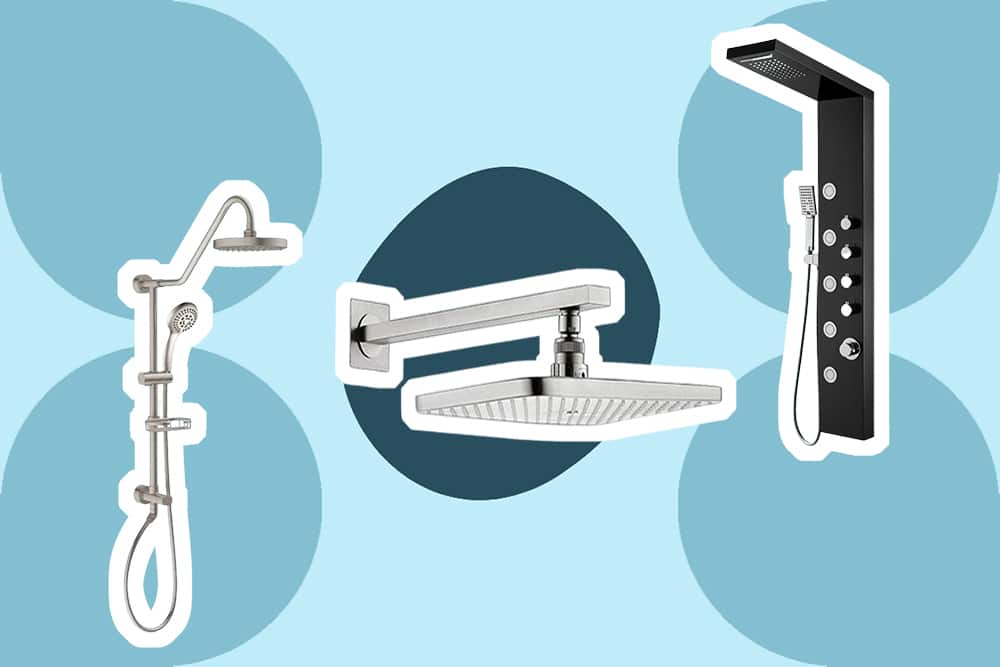

Plastic piping is as common as muck nowadays. It is a famous go-to for many because it is affordable, faster and durable. It is also pretty simple to install. However, so many people are not aware of the myriad variants of plastic. Being able to tell them apart can help you make the best-informed choice. Of course you can always involve professionals like builders and plumbers but having the knowledge will make the decisions much easier.
PVC vs. CPVC? Which is which? For starters, they are the most common variants of plastic. PVC is believed to be the most used plastic today. It comes in a white, odorless and durable form. It is a top choice for home plumbing but also extensive industrial and commercial use. CPVC is a tough thermoplastic material with high chlorine content. It has more industrial and commercial applications compared to PVC and is mostly just used for ventilation and plumbing in the home.
Polyvinyl Chloride
Trusted Source
POLYVINYL CHLORIDE (PVC)
Polyvinyl Chloride (PVC) piping is the most widely used plastic piping material. PVC piping systems are:
www.ppfahome.org
is a corrosion-resistant plastic variant, commonly used in the plumbing and construction industry. Unlike most plastic variants, it doesn’t have to be produced from fossil fuels and other scarce resources and it can be recycled. It can also be adapted to different environments.
PVC is also commonly used around a variety of chemicals that could compromise other materials.
PVC’s popularity has been on a steady rise especially in the home. Most people prefer them to traditional metal water pipes that are prone to corrosion. With PVC you don’t risk consuming polluted water, plus, they are incredibly affordable compared to metal pipes.
The C436-010 1 MA ADAPTER is a prime example of a plumbing item made of PVC. It is highly acclaimed by top reviewers as one of the best adapters for connecting different kinds of pipes and fittings. Most plumbers prefer it to metal adapters because it is much lighter, durable and corrosion-resistant.
Lately, some concerns have been raised that PVC contains a high amount of chlorine, and some considerable amount of salt and carbon that could be released when burned or abandoned in a landfill. However, there isn’t any evidence that it is a risk to your health.
There are several variations of PVC meant for specific tasks like CPVC.
Chlorinated Polyvinyl Chloride is a robust and rigid thermoplastic material mostly used for hot and cold potable water applications in residential construction. It also has extensive commercial uses. Commercial CPVC contains up to 63-69% of chlorine.
Because of the high chlorine content in CPVC, it is highly immune to damage from chlorinated water. It also has a high temperature tolerance thus a top choice for ductwork, hot water piping and all the other applications that could be hostile to regular PVC.
CPVC is much costlier than PVC because of the additional processing involved in producing it. Its hefty price tag is for a good reason. It is more cost-effective than other regular materials.
CPVC is a popular choice for piping systems because it is environmentally friendly, cost-effective, corrosion-resistant, easy to install and handle, and is ultra-durable. It is also widely accepted by codes.
Besides pies, CPVC is also used on a wide range of fittings. The fittings allow you to connect pipes in myriad configurations. Here are some of the most common fittings:
· T-Joints – Reducing tee, Tee, female reducing tee, cross tee and CTC tee.
· Elbows – 45degree, 45 degree CTS, Reducing 90 Degree and Female elbow.
· Adaptors – Male adaptors, female adapters, CTS male and female adapters, reducing male and female adapters.
Other connectors include: couplers, CTS coupler, end cap, reducing coupler, union, tank connector and ball valve among others.
CPVC vs. PVC pipes? When should you use either? The answer is in the key differences between the two plastic variants.
Temperature is the main thing that distinguishes PVC from CPVC. PVC can only handle temperatures up to 140 degrees F while CPVC can handle temperatures as high as 200 degrees F.
This explains why CPVC is used for hot water piping where temperatures may be higher than PVC’s safety thresholds. PVC is commonly used for cold water and waste pipes because they are a cheaper option.
You can also use CPVC pipes in place of copper pipes. This is another time you get to choose CPVC pipes vs. PVC. Both PVC and CPVC are available in nominal pipe size. The NPC scaled CPVC usually comes in a light grey color while the CTS scaled one comes in a light yellow color. It is the one used to replace copper pipes. It is designed to fit in the confines of most existing copper pipes.
Chemical compatibility is a crucial aspect worth considering before choosing either of the materials. In fact, you should consult a chemical chart before using either of the materials in a chemical application.
As much as CVC is made from a PVC base, they have entirely different chemical compositions. Therefore, none of the materials is better than the other at chemical compatibility. CPVC will be more resistant to certain chemicals just like PVC would.
Also, if you are going to use either of the materials in a potable water system, you must ensure it is tested and certified by a third-party certifier to meet strict public health requirements. This will assure you that the water carried by the plastic pipe is safe for consumption.
PVC has become a household name. It is more popular than its variant CPVC. When you get involved in residential construction and plumbing you will be forced to make choices like PVC vs. CPVC for drinking water or CPVC vs. PVC cement. After buying the best one-piece toilet, you have to choose the best piping system for it. There are numerous brands of pipes and fittings made from both materials but you have to know their differences for you to easily narrow down to the most considerable option.
CPVC is more temperature tolerant than PVC and it is the better option for replacing copper pipes. The materials also have different chemical compositions, thus react different when used in chemical applications. Only a chemical compatibility chart will help you know the safest to use in every situation.
